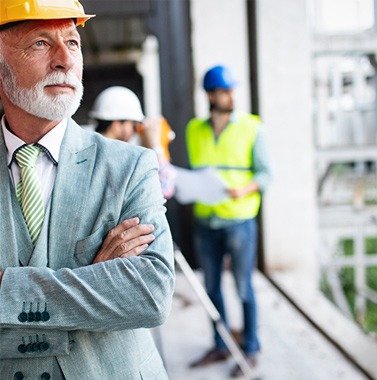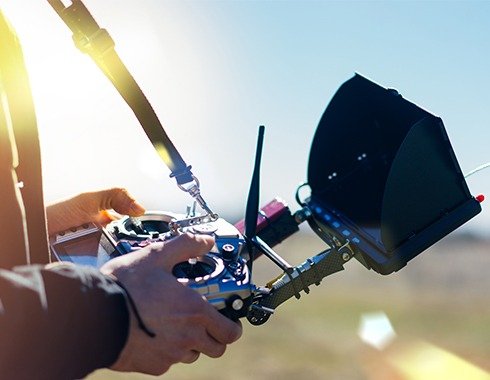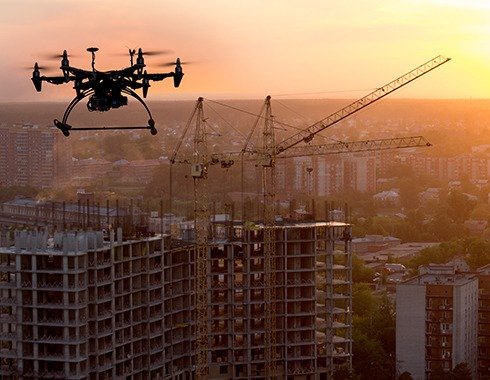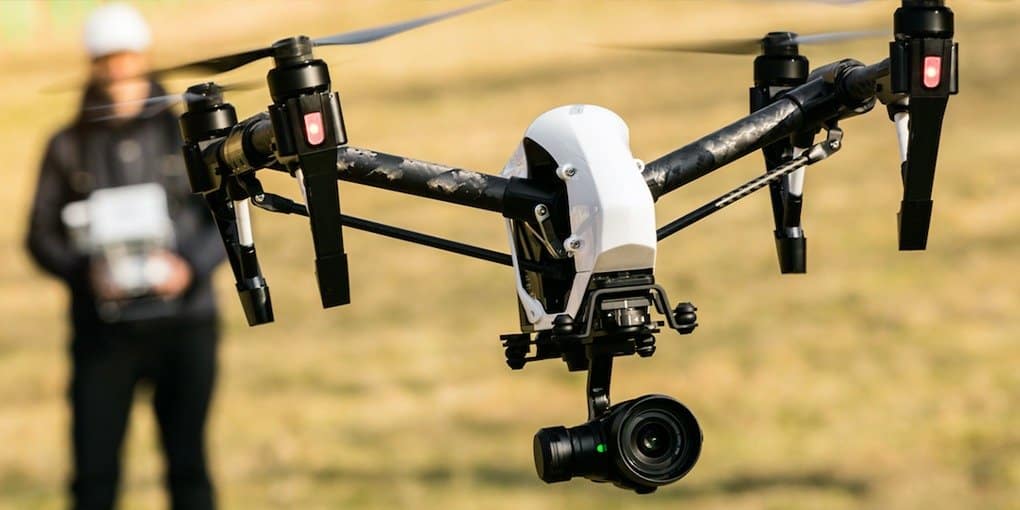Coronavirus curveball
It’s amazing how the world can throw you a curveball when you least expect it.
As a teenager, I played baseball and was a pretty darn good batter! I could see the pitcher’s fingertip release point more than 80% of the time and knew that curveball was coming. This week’s curveball smacked me in the head and knocked me and many business owners down to the turf.
This curveball wasn’t called a sinker, a slider, an off-speed, this curveball was Coronavirus, better known as COVID-19 and it’s become an overnight pandemic event.

In less than six weeks, the US went from 14 confirmed cases to now close to 27,000. Our borders are shut down, our kids are home from school indefinitely, non-essential businesses are being told to shut down until further notice, and the stock market has plunged 10,000 points literally in the last two weeks. As I sit here writing this, my family, friends, and colleagues all over the country are being told to stay home and lockdown!
As the CEO of a nationwide drone services company, it’s my responsibility—and quite frankly, survival—to take inventory on what the hell is going on. So instead of focusing on the negatives, I wanted to share how professionally-piloted commercial drones can help this great country right now with this devastating event.
Using drones for social distancing
For the business that needs to continue to function, we are now being told to maintain “social distancing”. Social distancing? This is a new term that I believe is going to be at the forefront of everyone’s vocabulary for a long time to come.


COVID-19 is not only affecting the general public, but also commercial industries such as construction, energy and utilities, infrastructure and even public safety.
Many are now aware of the general benefits of using drones on everything from industrial inspections to public safety, but now there is a possible benefit to using drones for social distancing. Whether it’s a residential insurance claim, or you’re doing a powerline inspection, you’re limiting that human to human interactions, which is important given the nature of COVID-19.
How can drones alleviate this impact, and perhaps enhance social distancing in different business workflows?
Using drones for construction project social distancing
One example scenario that can benefit thousands of large commercial projects in progress right now across the country is real-time site monitoring. Having worked in the construction industry for many years, I understand the basic steps and workflow from the time a site for construction has been identified to the time of handover when the project is completed.

Every construction project has a variety of stakeholders that ultimately need to visit the site, shake hands, conduct project meetings and interact with dozens of people on a daily, weekly, and monthly basis. Stakeholder titles could be project executive, investors, bankers, Chief Operating Officer, Safety and Compliance Officer and many more.
Let’s look at an example project. The project site is in Houston, Texas, the general contractor and architectural engineering firm are headquartered in NYC, and the investors are in Chicago. At any given time, several (if not dozens) of people involved with the project might typically get on a plane to the project location to conduct a site walkthrough. These site walkthroughs could be for any of a number of purposes and objectives, but the common thread is simply wanting to see first-hand how the job is going, check in with the project team, or quite simply stay informed about how their investment is doing.
But now this dangerous uncharted virus situation is impacting the ability for everyone to travel safely.

While nothing can take the place of in-person interaction, the challenges of site inspection can be addressed quickly, safely, and efficiently with drones.
Drone operators, for the most part, don’t have to interact with anyone while onsite. Imagine being able to do a complete site review in less than an hour or even have that video streamed directly to a conference room full of project stakeholders.


In addition to video, drones can provide an enormous amount of architectural data such as: 3D point cloud models, plant health, and compare as-builts to design built.
Additionally, inspection-related tasks such as pre-construction site surveys, grading, earthwork, breaking ground, safety compliance, asset inventory tracking, construction progress monitoring, security, identifying hazards, stockpile volumetrics, can all be done or aided with the use of drones.
All of this can be done while maintaining a safe social distance for everyone involved.
Using drones as an aerial alternative
Last week a Blackhawk helicopter was tasked to deliver COVID-19 test units to a cruise ship in California, and then retrieve them again. With that approach, you’ve probably got a crew of at least three that could potentially get exposed to any contaminants. Additionally, it’s also a dangerous mission. A helicopter has to follow a moving object to deploy products on the deck. If you attempt this mission with a drone, though, you control exposure to contaminants, you don’t and you don’t have the expense of all those crew members (Not to mention that drone doesn’t cost $50-$100 million dollars like a Blackhawk, nor does cost $10,000 an hour to operate.) While this is an extreme example, think about the different drones can make for some many scenarios.



Increasing social distancing in public safety

Working together for social distancing
As many people are, we at Volatus Unmanned Services are determining when, where and how we can be helpful. We are doing all that we can to accommodate and facilitate services that can help combat COVID-19. While drones are our business, if companies need to explore using drones to keep their employees safe, effective, and maintain their productivity, we look forward to helping them explore solutions.

How do we reconcile the fear of drones, roaming our skies with the fears that are arising from the COVID-19 pandemic? Fortunately, there is a growing awareness that drones can be ideal for tasks that are traditionally dull, dirty, or dangerous. Maintaining social distancing by leveraging drones would be an ideal way of doing that.
This next phase of the virus situation will likely highlight how drones can make a real difference in certain scenarios. We are monitoring developments, and work closely with all our current and future clients to help them plan for whatever comes next.



